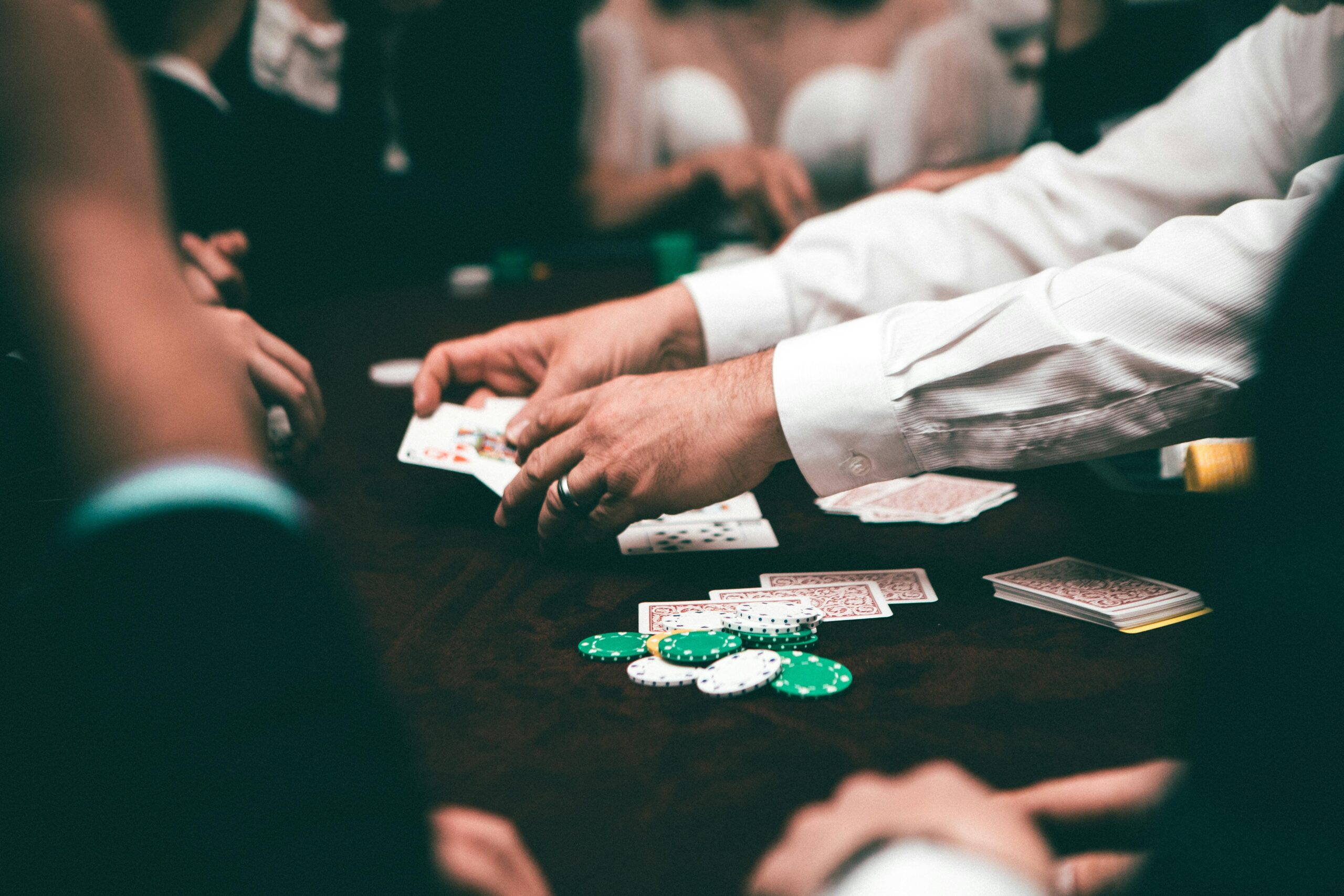How it all began
The game of dice claims to be the first game of chance in history.
It was known to virtually all peoples and is mentioned, for example, in the ancient Indian epic Mahabharata and in the collection of Vedic hymns Rigveda in the cautionary poem “The Gambler’s Lament.”
“Don’t play dice, but plow your furrow!” the work says.
The ancient Greeks also succumbed to gambling.
There is a legend that during the siege, Palamedes, a hero of the Trojan War, suggested that the soldiers play dice for entertainment.
The writer and biographer Plutarch mentions the Persian queen Parisatis, who loved to play dice. Gambling became widespread among the Germanic peoples.
The loser lost not only his property but also his freedom — if he had nothing left to pay, the Germanic man was enslaved. In modern times, Baden-Baden, Bad Doberan, Wiesbaden, Hamburg, and other European cities were famous for their gambling houses.
In the 15th century, the art of wood and copper engraving appeared, and with it the first cards, which were made by artists in Spain and Germany for fortune-telling and games. At first, they were mainly used by card sharps, until 1494, when the treatise Liber vagatorum was published, exposing the tricks of cheaters.
Games were played in taverns, and in 1541, the first law on the prosecution of the owners of such establishments appeared in England.
The first casinos
It is not known for certain when the world’s first gambling house appeared, but the first casino in Europe is considered to be Ridotto, opened in 1638 in Venice.
The government ordered that a place be allocated for this in the left wing of the Church of Moses.
The main purpose was to control the games traditional for the big spring carnival. Ridotto had a strict dress code and high stakes to limit the circle of players to members of the aristocracy.
This gambling house existed until 1774, but in 1946, the legendary casino reopened in a new location, in the Venetian palace of Vendramin.
We offer you a high-quality and reliable casino with a good reputation – Wolf Moon casino
Playing cards
A little later, playing cards appeared in East Asia. Initially, they were made of wood, bamboo, or ivory and looked like oblong sheets with pictures on them.
Then they began to be printed on paper. It is worth noting that in India, cards were round in shape, and in Japan, mussel shells were used as cards, on which everyday situations, scenes from poems, and seasons were depicted.



Comments